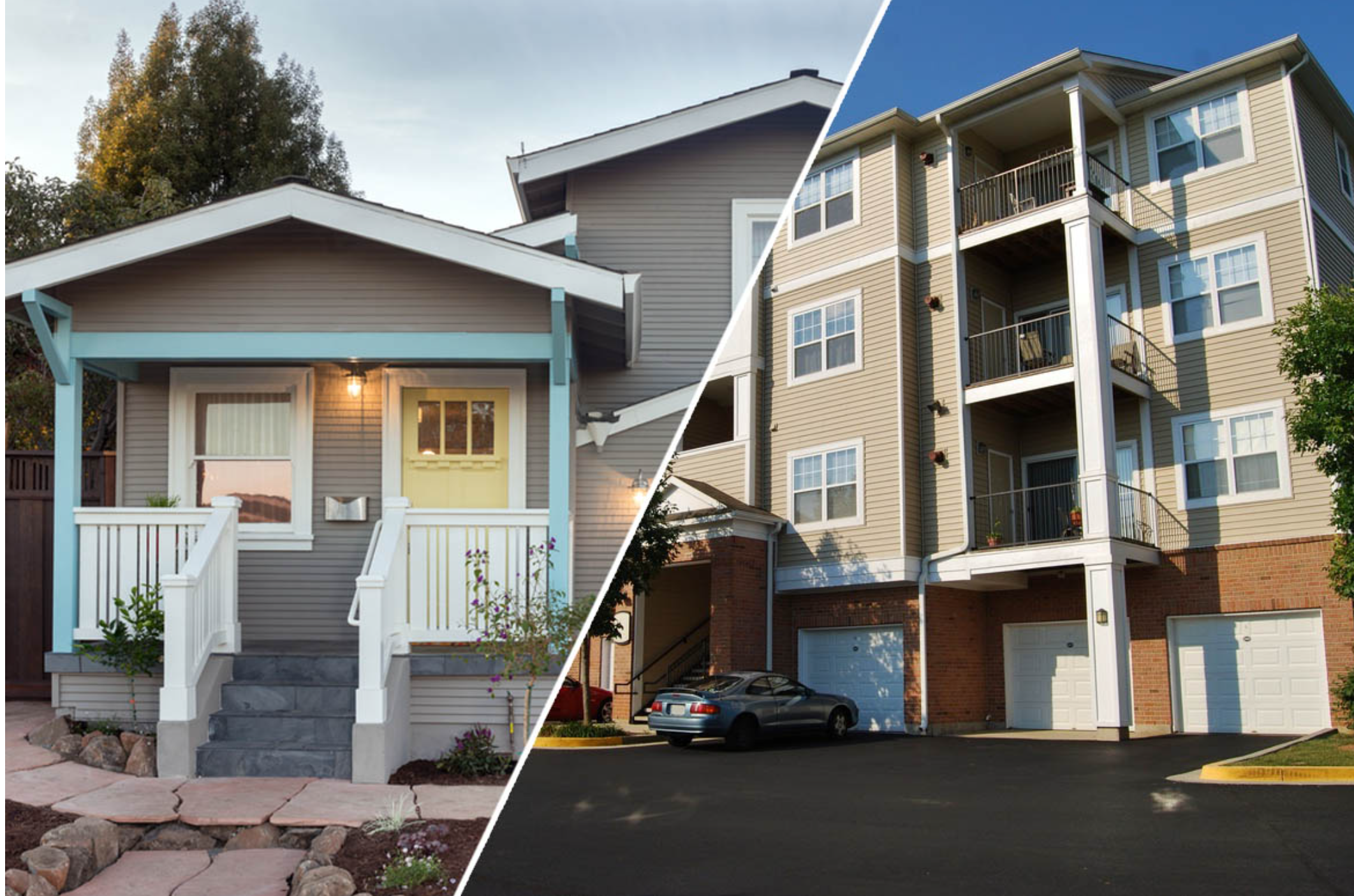How to Choose Between a Single-Family Home vs. Multi-Family Units in 2025
https://buymeacoffee.com/kaysogy/how-choose-between-single-family-home-vs-multi-family-units-2025
 When investing in real estate or purchasing your next home, one of the most important decisions you'll face is whether to buy a single-family home or a multi-family unit. Each option offers unique benefits and challenges that impact everything from rental income potential to maintenance responsibilities and financing. In 2025, this choice has become even more strategic due to evolving real estate market trends, emerging technologies, and shifting lifestyle preferences. Whether you're a first-time homebuyer, an aspiring landlord, or a seasoned investor, understanding these two property types can help you make the right move for your goals. This guide explores critical factors to consider when choosing between a single-family and multi-family home.
When investing in real estate or purchasing your next home, one of the most important decisions you'll face is whether to buy a single-family home or a multi-family unit. Each option offers unique benefits and challenges that impact everything from rental income potential to maintenance responsibilities and financing. In 2025, this choice has become even more strategic due to evolving real estate market trends, emerging technologies, and shifting lifestyle preferences. Whether you're a first-time homebuyer, an aspiring landlord, or a seasoned investor, understanding these two property types can help you make the right move for your goals. This guide explores critical factors to consider when choosing between a single-family and multi-family home.
1. Investment Goals and Income Strategy: If you're focused on property investment strategies, multi-family units generally offer more rental income opportunities from multiple tenants under one roof. Single-family homes, however, tend to attract long-term renters or owner-occupants, which can mean more stability but lower monthly income.
2. Initial Cost and Financing Options: Multi-family homes usually cost more upfront, but they can also qualify for mortgage financing options that allow rental income to support loan approval. First-time buyers may be able to secure FHA or VA loans for duplexes or triplexes, provided they live in one of the units. Explore how your budget aligns with your preferred property type and how much you're comfortable borrowing.
3. Maintenance and Property Management: Rental property management is more complex with multi-family units due to multiple tenants, increased wear and tear, and potentially different lease terms. Single-family homes require less daily oversight, making them more suitable for owners who prefer hands-off investing or digital property management tools.
4. Location and Neighborhood Appeal: Single-family homes are often located in quieter neighborhoods with better school districts, green spaces, and family-friendly amenities. These locations can attract long-term tenants and support home buying tips for growing families. Multi-family units may be closer to city centers or transport hubs, appealing to students or young professionals seeking proximity and affordability.
5. Tenant Demographics and Stability: Single-family tenants are more likely to treat the property as their own, stay longer, and respect lease agreements. In contrast, multi-family properties often attract shorter-term tenants and may have higher turnover rates.
6. Rental Income Potential: Multi-family units shine when it comes to maximizing rental income, especially if all units are consistently occupied. You have multiple income streams that reduce the impact of vacancies. However, single-family homes can still yield strong returns in high-demand areas, especially when coupled with remote property inspections and tech-enabled leasing.
7. Resale Value and Market Trends: Real estate market trends show that single-family homes tend to appreciate steadily and sell faster due to broader buyer demand. Multi-family homes, while profitable, are more dependent on investor interest and rental market performance..
8. Technology Integration: Tech is transforming real estate in 2025. With real estate automation, smart home technology, and cloud-based real estate solutions, managing both property types has become easier. However, integrating and maintaining tech across multiple units (multi-family) can be costlier and more complex compared to a single home.
9. Tax Benefits and Deductions: Multi-family owners often enjoy more tax write-offs, including depreciation, repairs, and shared expenses. Single-family homes offer fewer deductions but can still qualify for mortgage interest relief and eco-friendly rebates, especially if you're investing in sustainable real estate upgrades.
10. Lifestyle and Personal Use: If you plan to live in the property, your lifestyle needs matter. A single-family home offers privacy, a yard, and space, ideal for families. Multi-family units may require shared spaces and more interaction with tenants, but they can be ideal for house hacking, such as living in one unit while renting out the others to offset costs.
Conclusion: Choosing between a single-family home and a multi-family unit depends on your financial goals, risk tolerance, lifestyle, and management preferences. While multi-family properties can deliver higher cash flow and scalability, single-family homes offer simplicity, ease of resale, and a more traditional path to ownership. Use this comparison as part of your house-hunting checklist and lean on tools like online property listings, market reports, and real estate mobile apps to guide your decision.
Comments
Post a Comment